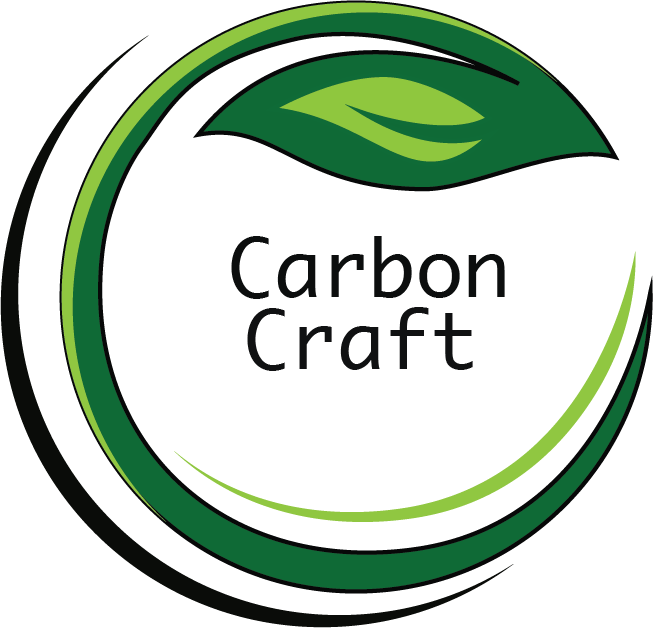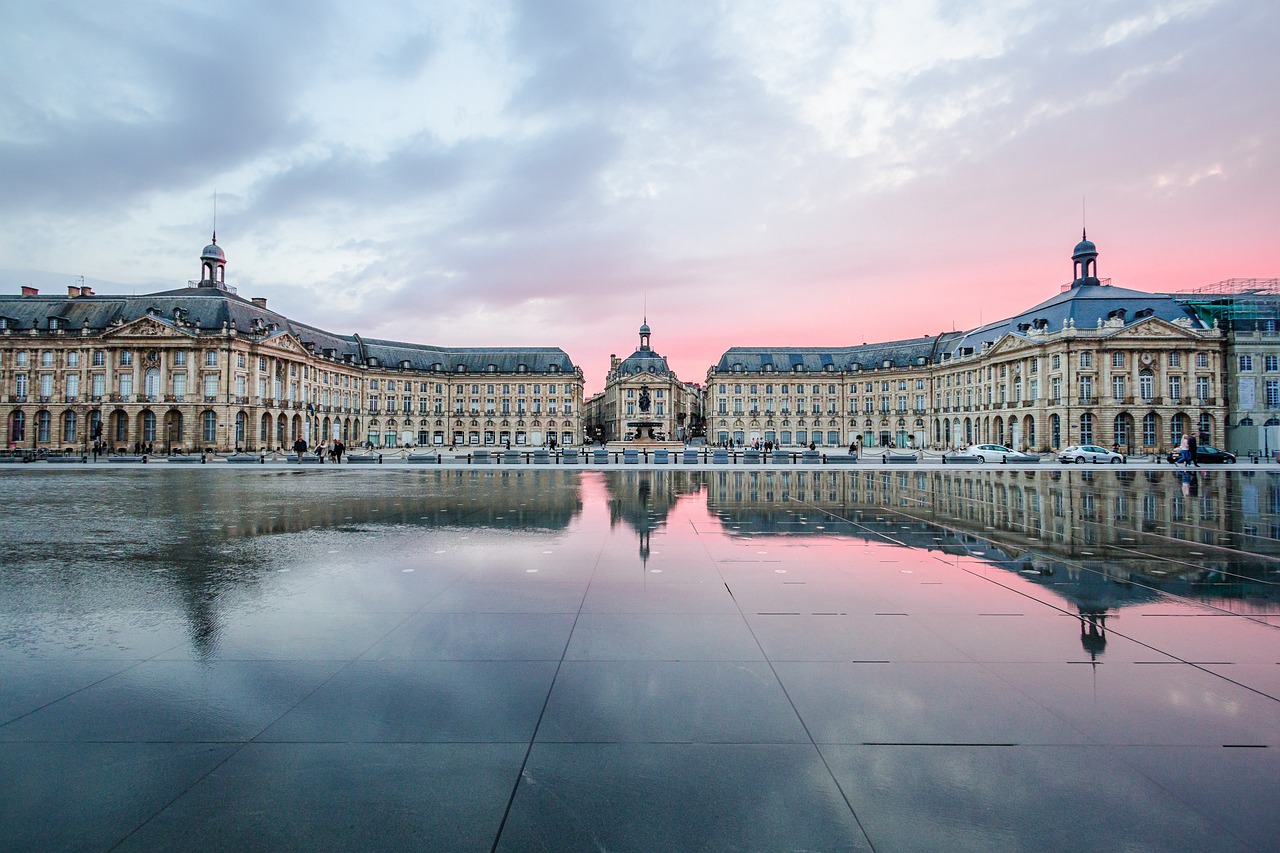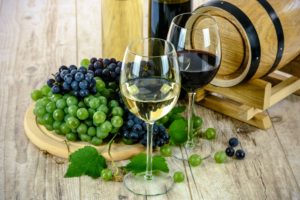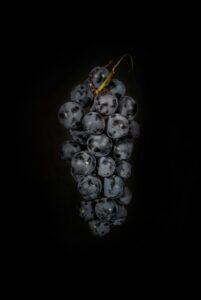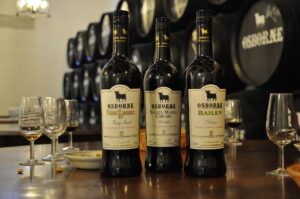When wine lovers think of classic, age-worthy, and world-renowned wines, Bordeaux almost always comes to mind. With a winemaking history that dates back over two millennia, Bordeaux is not just a wine region—it’s a benchmark. Located in southwestern France, this region produces some of the most celebrated wines in the world, blending tradition, terroir, and technology to create everything from bold reds to elegant sweet and dry whites.
In this comprehensive guide, we’ll explore everything you need to know about Bordeaux: its topography, climate, weather patterns, grape varieties, and diverse wine styles—including some you may not expect, like sparkling wines.
Where is Bordeaux?
Bordeaux is located on the Atlantic coast of southwestern France, centered around the Gironde Estuary and the two rivers that feed it: the Garonne and the Dordogne. The region is vast, spanning over 120,000 hectares, and includes more than 60 appellations (AOCs), making it one of the largest and most prestigious wine-producing areas in the world.
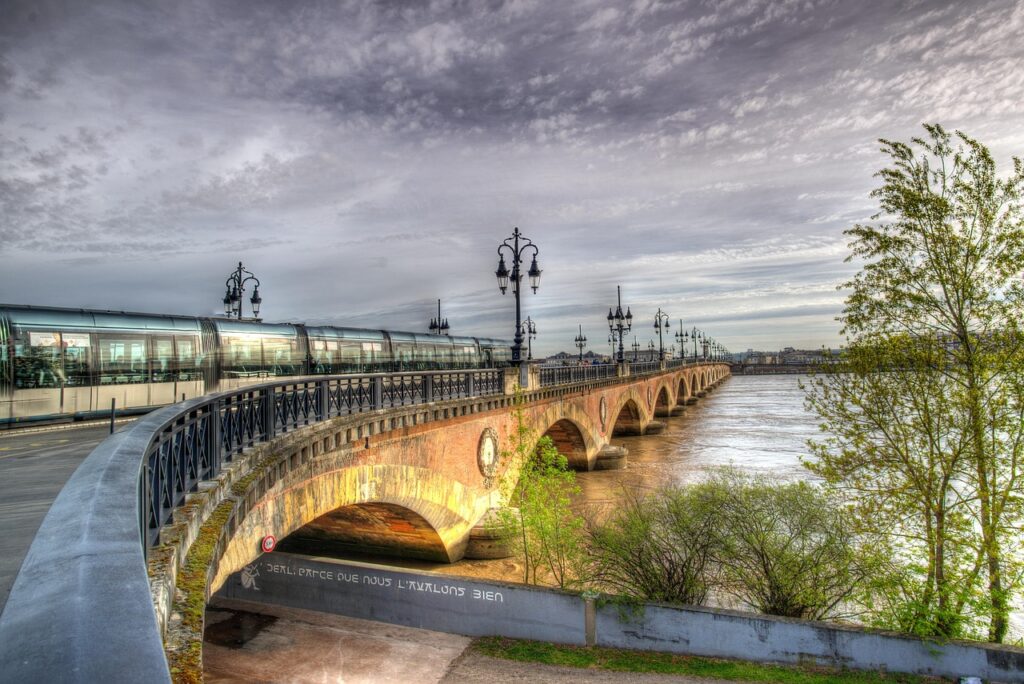
Topography: Rivers, Elevation & Soil
Rivers: The Lifeblood of Bordeaux
The Garonne River flows from the south, the Dordogne River from the east, and together they form the Gironde Estuary, which opens to the Atlantic Ocean. These rivers create natural divisions within the Bordeaux region and play a crucial role in:
Moderating the climate
Reflecting sunlight onto the vineyards
Defining terroir
These rivers also split Bordeaux into three primary zones:
Left Bank (west of the Garonne & Gironde)
Right Bank (east of the Dordogne)
Entre-Deux-Mers (between the Garonne and Dordogne)
Elevation & Mountains
Bordeaux is relatively flat with gentle rolling hills, especially in the Right Bank. There are no mountains in the wine-producing area, but elevation does vary:
Left Bank has gravelly terraces perfect for Cabernet Sauvignon
Right Bank has clay and limestone plateaus ideal for Merlot
Soils: The Key to Diversity
Bordeaux’s complex soil types create highly diverse growing conditions:
Gravel (Left Bank): Great for drainage and heat retention
Clay (Right Bank): Retains water and stays cool, benefiting Merlot
Limestone & chalk: Adds structure and freshness to wines
Sand: Found in lower areas; less prestigious but suitable for easy-drinking wines
Climate and Weather Patterns
Bordeaux experiences a moderate maritime climate, strongly influenced by the nearby Atlantic Ocean. This creates:
Mild winters
Warm summers
Even rainfall throughout the year
Key Climate Factors:
Humidity is a double-edged sword—promotes disease but also the noble rot needed for sweet wines.
Vintage variation is significant; frost, hail, or rain during harvest can impact quality.
Global warming is shifting harvest times earlier and increasing alcohol levels.
Microclimates:
Each sub-region has its own microclimate, due to variations in elevation, wind exposure, and proximity to rivers. This is why Bordeaux blends are so popular—they hedge against climatic unpredictability.
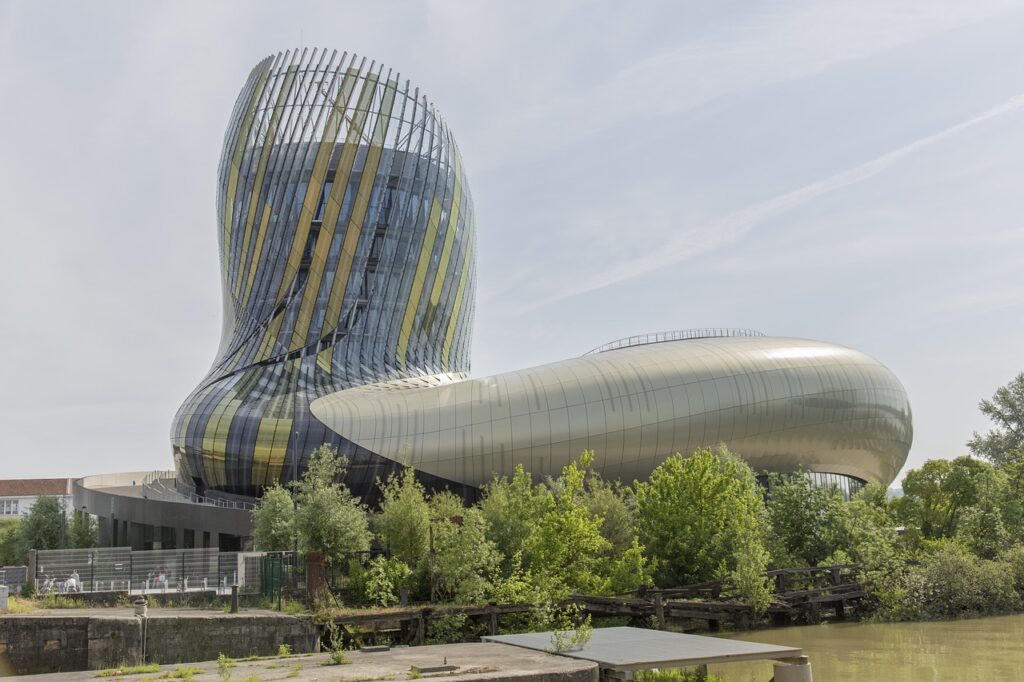
The Grape Varieties of Bordeaux
Bordeaux is known for blended wines, not single-varietal expressions. Here’s what dominates:
Red Grapes (90% of production):
Merlot (66%): Soft, plummy, early-ripening
Cabernet Sauvignon (22%): Structured, tannic, long-aging
Cabernet Franc: Herbal, aromatic, elegant
Others: Petit Verdot, Malbec, Carménère
White Grapes:
Sémillon: Rich, waxy, used in sweet wines
Sauvignon Blanc: Fresh, citrusy, key to dry whites
Muscadelle: Floral, minor blending grape
The Six Main Sub-Regions
1. Médoc (Left Bank)
Known for prestigious reds like Pauillac, Margaux, and Saint-Estèphe. Focused on Cabernet Sauvignon, with gravel soils.
2. Graves & Pessac-Léognan (Left Bank)
Produces both top reds and dry whites, including Château Haut-Brion.
3. Sauternes & Barsac (Left Bank)
Home of the world’s best sweet wines like Château d’Yquem.
4. Saint-Émilion (Right Bank)
Famous for Merlot-driven wines with limestone-rich soils and beautiful medieval villages.
5. Pomerol (Right Bank)
Small but mighty, known for lush, opulent Merlot wines like Pétrus.
6. Entre-Deux-Mers (Between Two Rivers)
Mainly produces value-driven dry whites, often unoaked and easy to drink.
Red Bordeaux Wines
Bordeaux reds are typically blends designed for balance, structure, and ageability.
Left Bank Style (Médoc, Graves):
Dominated by Cabernet Sauvignon
Structured, tannic, with blackcurrant, cedar, and tobacco
Long aging potential (10–30+ years)
Right Bank Style (Saint-Émilion, Pomerol):
Dominated by Merlot
Softer, rounder, with plum, chocolate, and floral notes
More approachable when young
Famous Appellations:
Pauillac: Powerful and long-lived (e.g., Château Lafite Rothschild)
Saint-Julien: Elegant and balanced
Margaux: Feminine, perfumed
Saint-Émilion: Rich and spicy with limestone freshness
Pomerol: Opulent and sensual
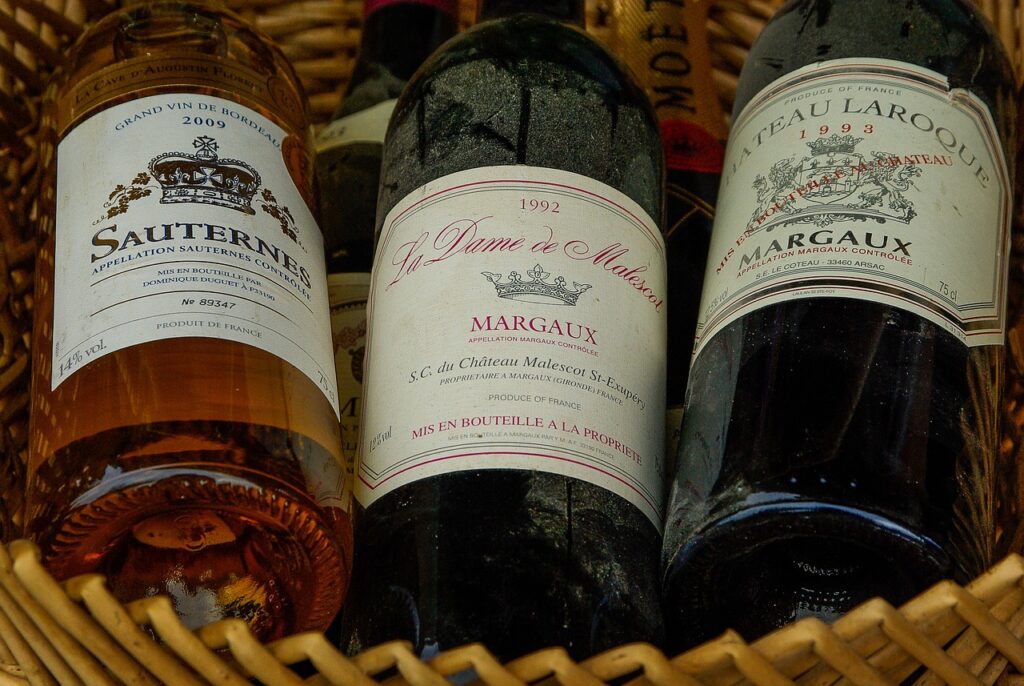
White Bordeaux Wines
While red wine dominates, Bordeaux whites are underrated gems—especially those from Pessac-Léognan and Graves.
Dry White Styles:
Blend of Sauvignon Blanc and Sémillon
Flavors: citrus, peach, green herbs, honey (when aged)
Some are aged in oak for a creamy, nutty complexity
Top White Wine Appellations:
Pessac-Léognan: Home to both reds and whites (e.g., Château Carbonnieux)
Entre-Deux-Mers: Affordable, fresh Sauvignon Blanc-led blends
Sweet Wines of Bordeaux
Bordeaux is the birthplace of botrytized sweet wine, thanks to the misty mornings of Sauternes and Barsac.
Botrytis Cinerea (Noble Rot):
Fungal growth that dehydrates grapes and concentrates sugars
Adds flavors of apricot, honey, orange marmalade, and saffron
Famous Sweet Wines:
Château d’Yquem (Premier Cru Supérieur): Legendary and age-worthy
Sauternes AOC: Golden, viscous, and balanced with acidity
Barsac AOC: Often lighter and more delicate than Sauternes
Sweet wines can age for decades and pair beautifully with foie gras, blue cheese, or desserts.
Sparkling Bordeaux Wines
Though not widely known, Bordeaux does produce sparkling wine under the Crémant de Bordeaux AOC.
Characteristics:
Made using the traditional method (like Champagne)
Can be white or rosé
Grapes: Sauvignon Blanc, Sémillon, Cabernet Franc, Merlot
These sparklers are crisp, dry, and refreshing, offering great value and versatility
Why Bordeaux Remains a Global Icon
From the First Growths of 1855 to up-and-coming natural winemakers in Entre-Deux-Mers, Bordeaux continues to evolve while honoring its heritage. Its strength lies in:
Terroir-driven diversity
Time-tested blends
Global influence on winemaking
Wines for all budgets and palates
Whether you’re sipping a $20 Right Bank red or cellaring a Château Latour, Bordeaux has something to offer every wine lover.
Final Thoughts
Bordeaux is more than just a wine region—it’s a living, breathing story of soil, climate, grape, and history. Its diversity in both style and terroir makes it one of the most compelling wine regions on Earth. From crisp dry whites and luscious sweet wines to iconic red blends that age for decades, Bordeaux sets the standard—and keeps evolving.
